Artificial intelligence in UX design is no longer a future trend. It’s a reality that’s transforming how digital products are conceived, developed, and scaled. More and more companies are looking to integrate AI into their platforms, but many don’t know where to start.
If that’s your case, this discipline can be a great starting point. It not only brings technology closer to the end user but also helps make better decisions from the early stages of development.
Why start with AI-powered UX design?
UX design with artificial intelligence promotes user-centric, data-informed product thinking. This leads to more confident decisions early in the development process and reduces the risk of investing in features that don’t deliver real value.
Unlike traditional approaches, UX design with AI aims to better understand the user. It does this by analyzing usage patterns, behaviors, and preferences in real time. It also allows the experience to be tailored to each user’s profile, improving both retention and conversion.
As a result, it enables the creation of adaptive interfaces, streamlined processes, and experiences that truly address business needs. Best of all, everything is aligned with product goals from day one.
Suscribe to our newsletter!
Applications of artificial intelligence in UX
Here are some examples of how AI is being integrated into UX design:
- Intelligent virtual assistants: Enhance onboarding and navigation based on user context.
- Personalized recommendations: AI engines suggest relevant content, products, or features.
- Predictive interfaces: Adapt to past user behavior and anticipate needs.
- Flow optimization: Data-driven design detects friction points and improves conversion rates.
- AI-generated prototypes: Speed up design and iteration cycles while reducing costs.
- Automated usability testing: Certain AI tools help test user flows and identify drop-off points.
Real-time behavioral analytics: Adjust content and functionality based on real-time user interactions.
These solutions don’t just enhance the user experience—they also help development teams optimize time and resources. They provide a tangible competitive advantage in highly digital environments.
Read more → Learn how we automate compliance management with AI at Crombie
Designing with AI isn’t just about “using tools”
UX design with AI requires rethinking how we approach product development.
For example, it means designing with a data-driven mindset: defining scenarios, decisions, and user flows based on real information—not just assumptions.
It also means understanding AI’s limitations and creating transparent experiences where users are aware when they’re interacting with a model.
In addition, it encourages early collaboration between design, product, and development teams. This improves alignment, reduces rework, and accelerates time to market.
Finally, designing with AI is also a way to build for scalability from the start—creating experiences that grow with the product without losing personalization.
Leer más → How to improve the customer experience through UX/UI design
From design to action: integrating AI at every stage of development

UX design with artificial intelligence is not an isolated trend. It’s part of a deeper shift in how digital products are conceived, developed, and scaled.
Designing with AI isn’t just about making an interface look good or work automatically. It’s about understanding users more deeply, anticipating needs, and building solutions that scale intelligently from the very first click.
At Crombie, we believe that applying AI to design is just the beginning. That’s why, in addition to building adaptive experiences, we also implement AI in key processes such as fraud prevention, pricing optimization, compliance, and due diligence.
This is how we help our clients make smarter decisions, automate with purpose, and drive real business impact.
Want to see how we do it?



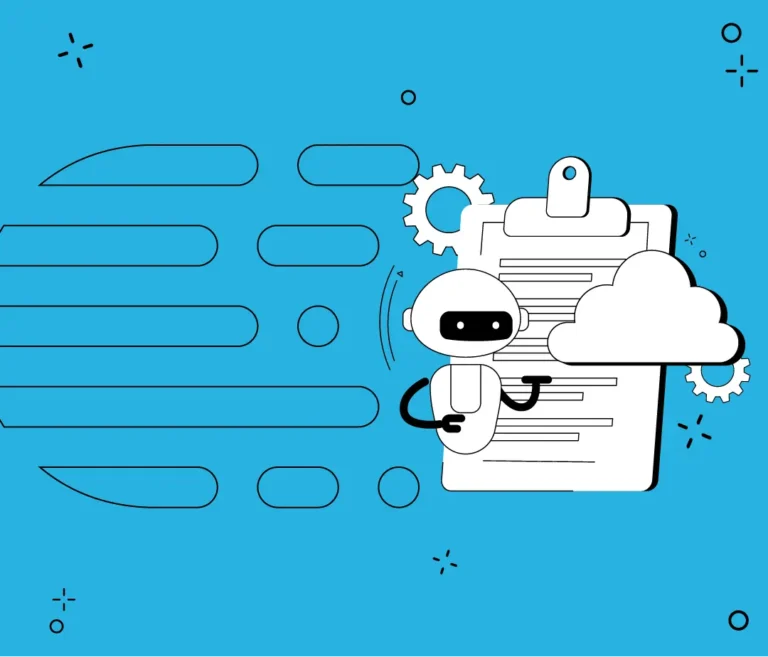
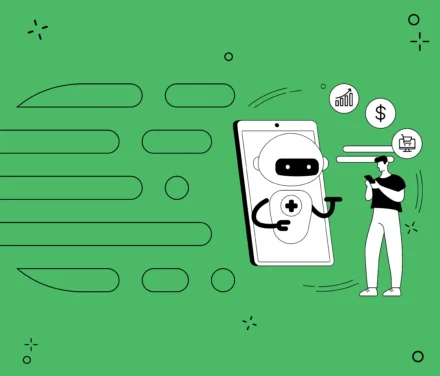
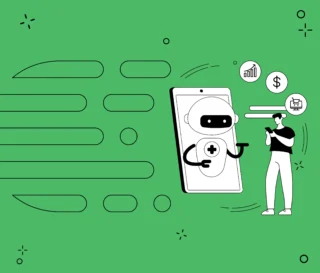


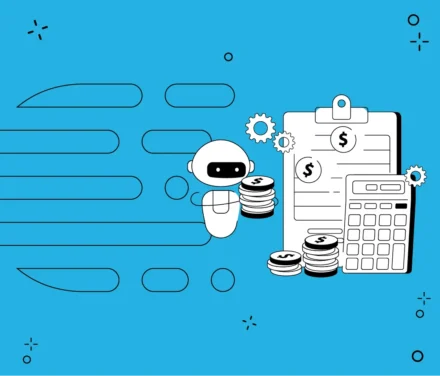

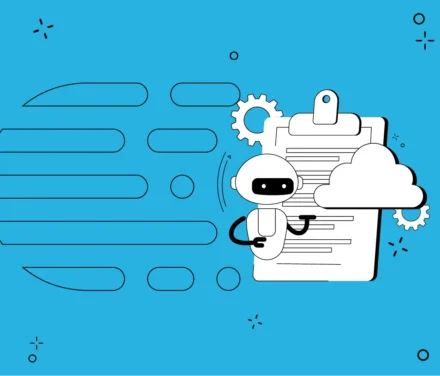
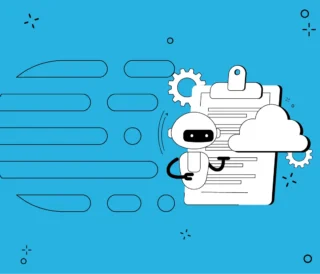
Leave a Comment